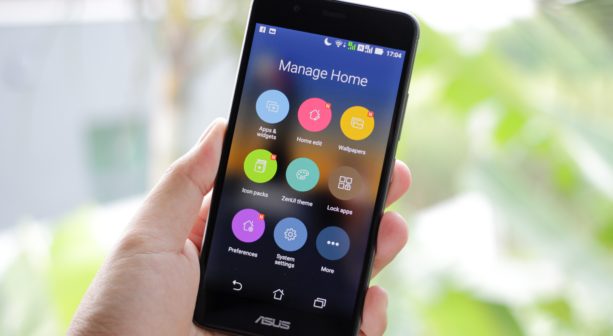The Internet Of Things: Security Challenges

The amount of internet connected devices has increased significantly with the release of smartphones, tablets, smartwatches and smart TVs. Business Insider predicts that by 2020, there will be 24 billion Internet connected devices installed globally. An increase in IoT devices means that more data is being collected and there are more entry points that cyber criminals and hackers can access.
What Is The Internet Of Things (IoT)
The Internet of Things (IoT) is the next big tech revolution. In 2007, the Internet drastically changed and became Web 2.0. The Internet of Things is the next online revolution that is beginning to unfold. It can be defined as a network of Internet-connected objects able to collect and exchange data using embedded sensors.
Enterprise Is Dominating The Use Of IoT Devices
IoT devices are becoming more popular for consumer use. Many of us are familiar with smart home technology and wearable technology. However, enterprise is still dominating the use of IoT devices. According to Business Insider, businesses are more likely to use IoT devices than consumers.
Businesses can benefit from IoT solutions by reducing operating costs, increasing productivity, and expanding to new markets. Manufacturing, healthcare, and insurance are the top three industries that will profit from IoT. Governments will be the next likely to use IoT technology while consumers will be the least likely to use it.
Enterprise can benefit from the technology consumers own as well. Car insurance companies may begin to use technology inside cars to determine insurance premiums based on a driver’s habits. Life insurance or health insurance companies might use fitness trackers to determine premiums based on someone’s lifestyle. This creates privacy issues for the consumer and if companies choose to collect this information, they need to keep it protected.
Consumer Privacy
These devices allow companies to collect more information about consumers than ever before. There is a concern that customers may not want this type of information shared. Many consumers are hesitating to purchase IoT devices due to privacy concerns. A study found that 44% of respondents were “very concerned” about the possibility of their information getting stolen from their smart home.
As more companies are using devices to collect research and data about their consumers, cyber criminals have more motivation to seek out this information. The more information they can get access to, the more valuable it is to target a business.
Data Storage
More and more devices are collecting large amounts of data. Companies need to figure out how to store this data effectively without compromising security. More data is being generated by these devices and it can be costly and difficult to store. The volume of data generated by IoT in 2020 will reach 600 ZB per year. It is predicted that by this time, 92% of our workloads will be in the cloud.
More Vulnerabilities
The more we rely on our devices to be Internet-connected, the more data there is for hackers to gather about us. Several popular IoT devices have security issues that prove just how vulnerable they are to hackers. There have been cases of Internet-connected cars being compromised by hackers. Entertainment systems have been hacked, doors have been locked remotely, and it is a way for someone to gather information about you and your location through the GPS. Car manufacturers have a responsibility of making sure this technology is safe when the driver is being put at risk.
Healthcare IoT devices have vulnerabilities as well. There have been cases of medical devices being hacked which can be fatal. The security of these devices becomes a much bigger issue when someone’s life is at risk. IoT devices used for health care need to be protected for legal and ethical issues.
How Will These Devices Be Protected?
As more IoT devices are being used, there are more entry points to access large amounts of data. The industry still has a long way to go before ensuring the majority of these devices are secure. Recent studies have indicated that as many as 70% of IoT devices have vulnerabilities. There needs to be an emphasis on installing security updates automatically. People are not always reliable to do security updates manually. After all, this kind of technology is supposed to save people time so they don’t want to use that time maintaining the technology themselves.
It is important to be prepared for security breaches. While there several measures you can put in place to prevent one, they still happen. You should always have a plan in place to retrieve and secure as much data as possible in the event of a security breach.
Keystone Technologies has solutions to protect your data. Contact us for a free consultation.